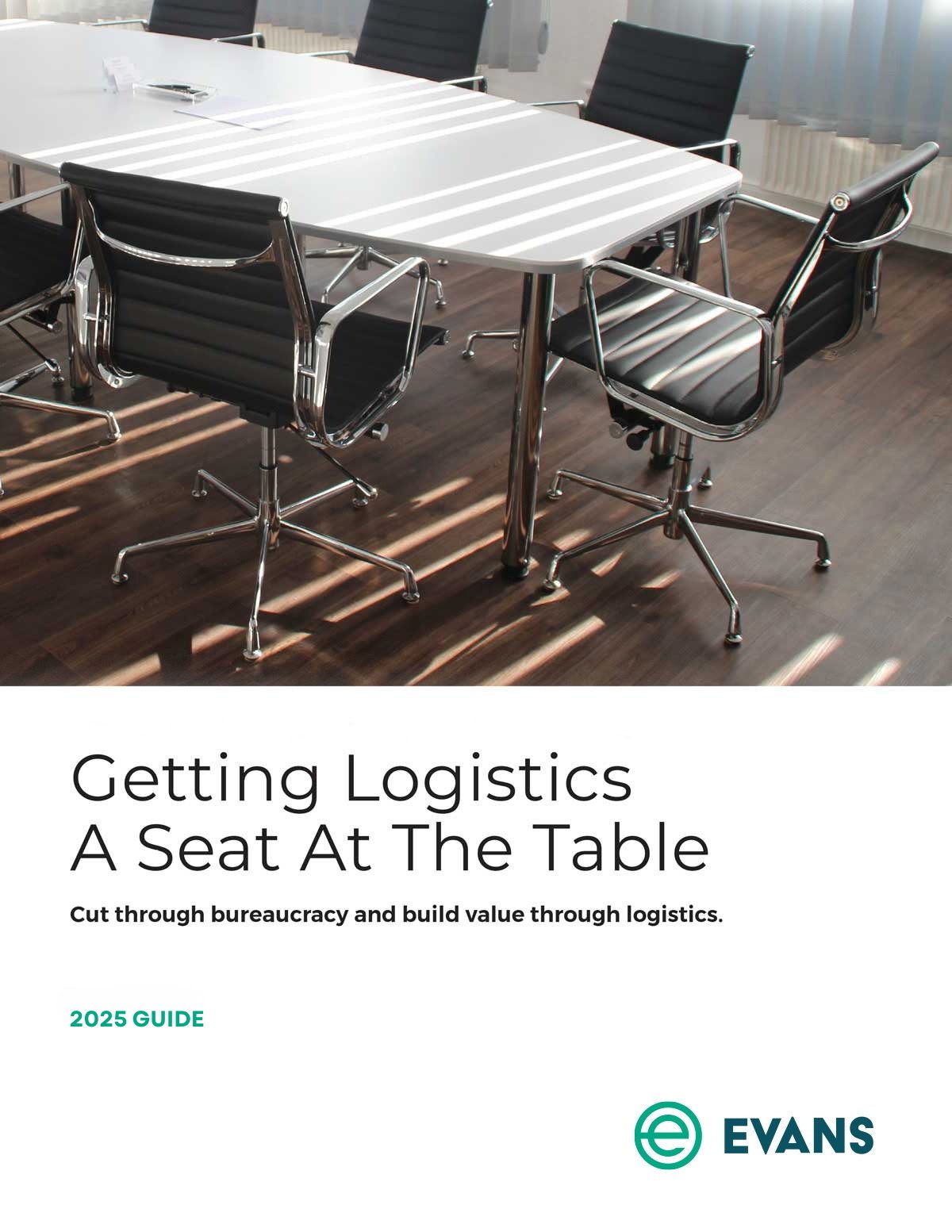Freight transportation rates have reached an all-time high in 2018. Find out what's behind the spike so that you can make best decisions for your logistics strategy.
“The over-arching theme is pretty straightforward,” says Patrick Burnson, Executive Editor of Logistics Management. “The steadily expanding global and domestic economies will be pushing rates up across every mode, while capacity will become even more constrained. It’s as simple as that.”
While it is true that an improving United States economy has caused freight volumes to increase, depleting capacity, it has combined with a nationwide driver shortage, the new Electronic Logging Device (ELD) mandate, heightened fuel surcharges, and extreme weather to send freight transportation rates to record-breaking heights in 2018.
Improving U.S. Economy Leads to Capacity Crunch
When the Institute for Supply Management (ISM)’s index of national factory activity reads above 50, a growth in manufacturing is indicated; in December 2017, the index read 59.7, the second-highest reading in six years. Steve Graham, a trucking industry analyst at FTR Transportation Intelligence, reports that he “he expects real gross domestic product to continue accelerating from 1.5 percent growth in 2016 to 2.2 percent in 2017 and to reach 2.8 percent in 2018” [http://bit.ly/2nGuRnP].
A growing U.S. manufacturing sector results in increased freight volumes, greatly constraining U.S. carrier capacity. While – responsively – trucking companies are hustling to grow their fleets, they’re beholden to irregularly in-demand truck manufacturers and the current U.S. driver shortage, meaning that there is no telling when the capacity crunch will end and freight transportation rates will normalize.
Nationwide Driver Shortage Inhibits Trucking Companies’ Ability to Scale to Increasing Demand
While some trucking companies have increased their fleets in response to the surge in demand for capacity, they remain limited by a lack of qualified drivers. Derek Leathers, President and CEO of truckload carrier Werner Enterprises, the sixth-largest truckload carrier by revenue in the U.S., reports that while they received more than 100,000 applications for truck driving jobs in 2017 alone, only 2.5 percent of those applicants met Werner’s hiring standards. Brad Delco, a research analyst at Stephens Inc. reports “We believe the real supply constraint in the industry is truck drivers” [http://bit.ly/2nGuRnP].
Why are qualified drivers so hard to come by?
- With an unemployment rate of 4.1 percent, the U.S. is within reach of what economists consider “full employment,” meaning that the hiring market is in favor of the applicant and just about anyone who wants to find a job outside of trucking can find a job outside of trucking.
- According to the 2017 Annual Employment Screening Benchmark survey, experienced drivers from the baby boomer generation are beginning to retire, causing driver retirement rates to jump to 33 percent in 2017, up from 22 percent in 2014. While many trucking companies have optimized recruiting practices to attract younger drivers, the qualified members of the younger market aren’t interested in the lower wages and weeks away from home for which the trucking industry is known.
- The improving U.S. economy and damages caused by the extreme weather of 2017 have resulted in a growing construction industry, luring many qualified drivers away from trucking in search of the higher wages and more regular hours that construction provides.
Without qualified drivers to operate the growing fleets of trucking companies, capacity will remain constrained and freight transportation rates will remain high.
New ELD Regulation Limits Drivers’ Operation Time
On December 18, 2017, the Federal Motor Carrier Safety Administration’s (FMCSA) Electronic Logging Device (ELD) Mandate went into effect, requiring drivers to use ELDs to record their hours of service rather than paper logbooks.
For the safety of drivers and others on the road, the FMCSA’s Hours-of-Service (HOS) Regulations limit the amount of time drivers can spend in transit before they must take a break to rest. Prior to the ELD Mandate, many drivers “cheated,” driving more hours than allowed or logged. Now that their hours of service are electronically monitored, these drivers are forced to spend less time in transit.
ELDs have decreased the productivity of drivers who respected HOS Regulations prior to the ELD Mandate, as well. With an increased number of resting drivers, available parking spaces have decreased, causing drivers to begin looking for parking hours before their service window ends to avoid being stuck roadside. Noel Perry, Chief Economist at Truckstop.com, estimated that – when combined with the driver shortage – the ELD Mandate has lowered productivity by around 10 percent fewer miles or $100/day, keeping freight transportation rates high [http://bit.ly/2EJsKH9].

